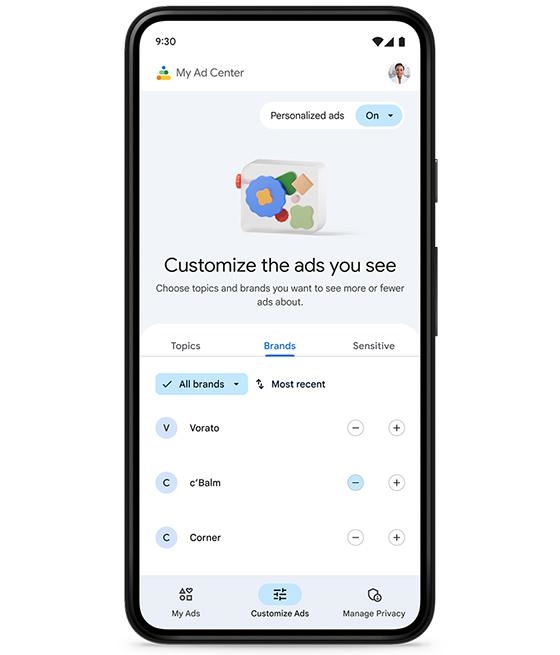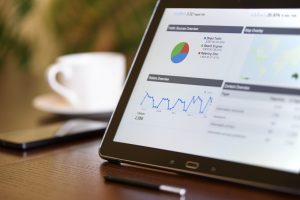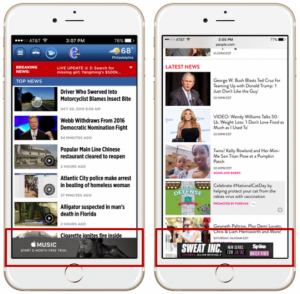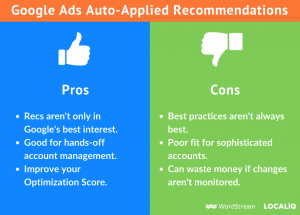Google Gives Consumers Additional Ad Controls For Search, YouTube, Discover

Google began to roll out My Ad Centre, a feature that allow users to control the type of advertisements they see across Search, YouTube, and Discover.
When signed into Google, users can access My Ad Center directly from the ads seen on the platforms, and can choose to see more of the brands and topics they like and less of the ones they don’t. The idea is to make it easier for users to find the controls and make the changes.
About 260 million users monthly access services such as Google My Activity, “which bolstered our confidence that a large population would be interested in this type of experience,” said Karin Hennessy, group product manager of privacy and user trust at Google. “It’s just launching, but we will learn more about how users interact with these different features launching today.”
At present, Google ads’ personalization control and sensitive category choices apply to Google properties and third-party sites and apps. What is changing is the inclusion of topics and brands, and inclusion of sub-controls will not apply to non-Google properties as the company continues to prepare for the transition away from cross-site tracking.
Google initially introduced My Ad Center in May 2022. The company designed My Ad Center to give consumers more control over the ad experience on its sites and apps. While consumers can block sensitive ads and learn more about the information used to personalize their ad experience, advertisers can gain valuable insights into what ads are being blocked and why.
Google has also added more controls for activities used to personalize ads by expanding the privacy controls such as the data sources — specifically Web & App Activity and YouTube History, are used to personalize the ads, and has expanded the ability to see fewer ads in sensitive categories such as alcohol, dating, gambling, pregnancy and parenting, and weight loss. The feature was previously only available on YouTube and Display.
Advertising disclosures have been enhanced with new advertiser pages. Users can access disclosures in the new My Ad Center panel to see ads that a specific verified advertiser has run during the past 30 days.
Google also has made it easier to turn off the personalization of ads completely. Ads will still serve up, but consumers may find them less relevant or useful.
Preference data is not shared with advertisers, even in aggregate, but Hennessy said the company plans to look into how much use there might be for this type of data to perfect the message. “ There are no near-term plans to make the data available to advertisers,” she said.
(19)
Report Post





